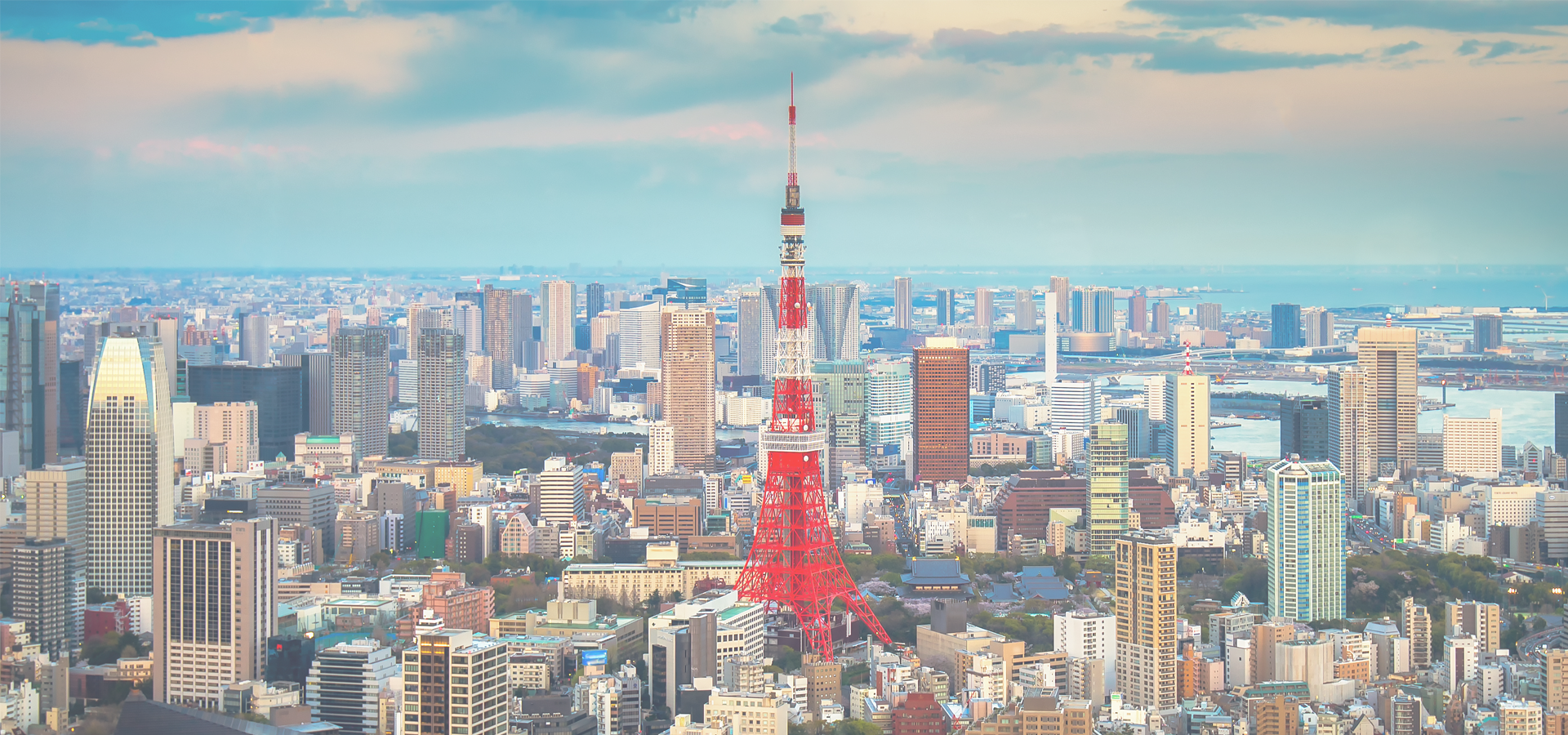Komoro, Nagano Prefecture, Chūbu Region, Japan
🇯🇵 Komoro is a city located in Nagano Prefecture, Japan.
Geography Komoro is located in eastern Nagano Prefecture. The Chikuma River flows thorough the southern and western part of the city. Some extinct volcanic mountains are located between Komoro and neighboring Tsumagoi. The highest point in Komoro is Mt. Kurofu (ja). Its peak is 2,404 metres (7,887 ft) above sea level. The lowest point is 540 metres (1,770 ft). The old city centre is at about 700 metres (2,300 ft). There are many slopes, so Komoro is known as a "hilly city" (坂の町).
Surrounding municipalities • Nagano Prefecture: ◦ Saku ◦ Tōmi ◦ Miyota. • Gunma Prefecture: ◦ Tsumagoi.
Pre-modern The area of present-day Komoro was part of ancient Shinano Province. The Tōsandō, one of the national routes passed Komoro, which was the location of an Umaya (駅), or post station for government officials and army. However, the name "Komoro" first appears in written history in the Kamakura period chronicle, Azuma Kagami. In those days, Komoro Tarō Mitsukane (小諸太郎光兼), a gokenin, was assigned by the shogunate to govern the area. During the Muromachi period, the region came under the control of the Ogasawara Ōi clan. The area had a very unsettled history during the Sengoku period. Under the Edo period Tokugawa shogunate, much of the area was under the control of Komoro Domain and the town developed into a jōkamachi around Komoro Castle.
Meiji period and later The modern town of Komoro was established on April 1, 1889 with the establishment of the Meiji period municipalities system. The town of Komoro annexed villages of Kawabe, Kitaoi and Osato (all from Kitasaku District) on February 1, 1954. The city of Komoro was established on April 1, 1954 after absorbing the villages of Minamioi and Mitsuoka (both from Kitasaku District). On April 1, 1959, parts of the town of Tōbu (now part of the city of Tōmi) was merged into Komoro and the city has been unchanged since.
Economy Komoro is a regional commercial centre and has a primarily agricultural economy based on cultivation of rice, vegetables and fruits. Among agricultural products in Komoro, potatoes, soba, apples, and peaches are popular. Komoro has many soba restaurants and apple orchards, so a lot of visitors come there from Shutoken. Komoro is also known for its miso.
Transport: Rail • East Japan Railway Company - Koumi Line ◦ Misato - Mitsuoka - Otome - Higashi-Komoro - Komoro • Shinano Railway – Shinano Railway Line ◦ Hirahara - Komoro • Nunobiki Electric Railway (ja) (abolished in 1936) ◦ Nunobiki - Oshidashi - Hanakawa - Komoro.
Transport: Road • Jōshin-etsu Expressway • Chūbu-Ōdan Expressway • National Route 18 • National Route 141 • National Route 142 • National Route 403.
Local attractions • Kaikoen, a park in the centre of Komoro containing the foundations of Komoro Castle as well as a museum dedicated to Shimazaki Toson (see below) and a zoo. The third gate of castle (San'nomon) and the fourth gate (Otemon) are Important Cultural Properties of Japan, as is the Kyu Komoro Honjin. Kaikoen is known for cherry blossoms, and has been selected as one of the Top 100 Cherry Blossom Viewing Sites in Japan. • Nunobikisan Shakuson-ji (Nunobiki-Kan'non), a Buddhist temple dating from 748 AD (Nara period) located at the top of a deep ravine. Kan'nondo Kūden, the oldest surviving building was built in 1252 and is an Important Cultural Property. You can also see Shidare zakura in April. • Mountain hiking in Takamine (ja), close to the active volcano Mt Asama, and Mt. Kurofu is about a 30-minute drive uphill from Komoro. You can also enjoy skiing in winter, and onsen in all seasons there. • Teranouchi Stone Age Settlement ruins, a Jōmon-period settlement trace and National Historic Site
Tokyo Time

Komoro has a population of over 42,489 people. Komoro also forms part of the wider Nagano Prefecture which has a population of over 2,052,493 people. Komoro is situated 11 km north-west of Saku.
Twin Towns, Sister Cities Komoro has links with:
🇯🇵 Nakatsugawa, Japan 🇯🇵 Namerikawa, Japan 🇯🇵 Ōiso, Japan🇺🇸 Johnson City 36.333
🇺🇸 Elizabethton 36.333
🇩🇿 Constantine 36.35
🇺🇸 Bentonville 36.35
🇺🇸 Hendersonville 36.305
🇯🇵 Minami-Alps 138.46
🇦🇺 Port Adelaide 138.5
🇯🇵 Kashiwazaki 138.567
🇦🇺 Victor Harbor 138.617
🇯🇵 Fujinomiya 138.618
Locations Near: Komoro 138.434,36.3245
🇯🇵 Ueda 138.257,36.402 d: 18.1
🇯🇵 Suzaka 138.312,36.648 d: 37.6
🇯🇵 Chikuma 138.134,36.534 d: 35.6
🇯🇵 Nagano 138.191,36.649 d: 42.1
🇯🇵 Higashiagatsuma 138.817,36.567 d: 43.6
🇯🇵 Matsumoto 137.967,36.233 d: 43.1
Antipodal to: Komoro -41.566,-36.325
🇨🇱 La Reina -33.45,-33.45 d: 19209.1
🇧🇷 Tubarão -49,-28.467 d: 18897.6
🇧🇷 Criciúma -49.372,-28.678 d: 18894
🇧🇷 São José -48.617,-27.6 d: 18839.7
🇧🇷 Palhoça -48.667,-27.633 d: 18840.1
🇧🇷 Biguaçu -48.667,-27.5 d: 18827.7
🇧🇷 Viamão -51.023,-30.088 d: 18895.8
🇧🇷 Rio Grande -52.099,-32.041 d: 18936.4